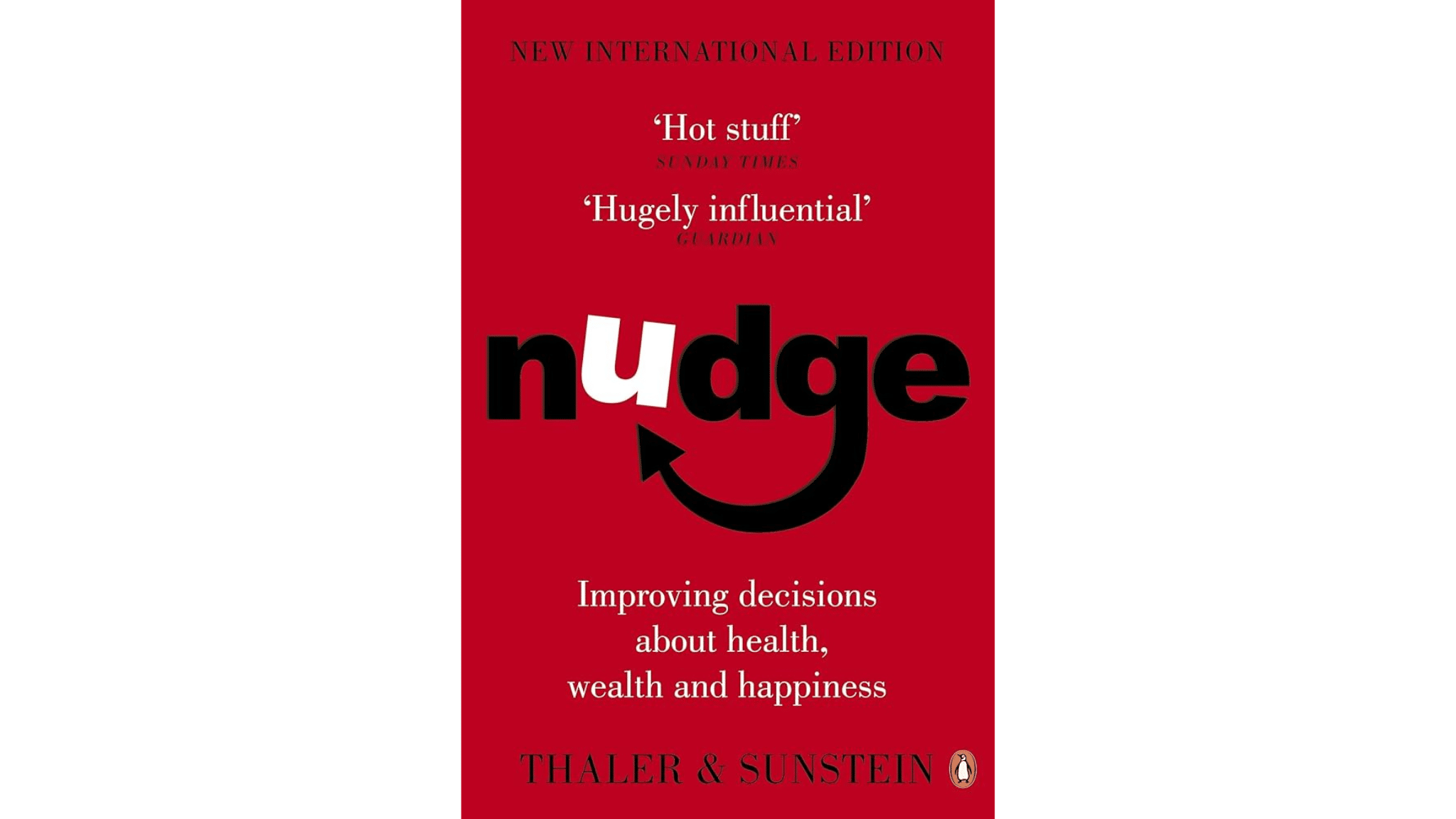Nudge – Book review
This book ages better than almost anything else I have read. The change in culture and in the workforce since this book was published (2008) makes it an indispensable read for anyone looking to better understand the world around them and how it seeks to influence us, and by default how we can influence those around us.
The authors start by painting a picture of how people can create changes in behavior by making subtle alterations to the environment around us, as an example, think of how chocolate or sweets typically are stationed by the check-out till when you go grocery shopping. By being there, we are tempted by our impulses and a proportion change our buying habits. This is a nudge in action. Other types of nudges may include:
- Rounding up your payment with a proportion going to a savings account
- Health insurance premiums being lowered if you wear a Fitbit
- Deposit limits on gambling accounts
All are ways in which businesses look to influence our behavior in a direction that is to our benefit in a way where we always have a choice. This moves forward to an analysis of the rational and emotional minds and illustrates how all of us can be susceptible to making bad decisions, which leads to the concept of choice architecture and how this can guide us to better decision-making and more effective outcomes. As an example, take birth control pills. It is not widely known, that whilst patients are instructed to take pills every day, days 22 to 28 are placebos, designed only to ensure maintenance of routine. It is easier to do something every day (take a pill) than to keep track of the days you need to take it. Hence through having a daily pill where 25% are placebos, you end up less likely to miss taking one that matters. Other examples abound including ways to enable children to eat healthier at school, or how we can save more money for retirement without noticing.
At its essence though this book is designed to help us think through how we interact with people around us and if we are in a position of management, how we can influence others to create synergies and alignment. Read in tandem with “The Chimp Paradox” and “SPIN” the three books combined, become a blueprint for how anyone can create virtuous engagement with people around them, to create synergistic outcomes. With that in mind, as Generation Z enters the workforce, there is a desire to understand why they should do something or work for someone. Job tenure is shortening and loyalty to the employer is becoming ever rarer. Nudging therefore is the key for managers to create alignment between the business and the new generation. As an example, with the pandemic, people saw that working from home was perfectly feasible and challenged why they needed to come to the office. Effective managers responded by organizing better quality workspace so people could come to work, in an environment they wanted to be in. This is a modern-day example of nudging in action.
In summary, for anyone who wants to make positive changes to their life, but isn’t sure how to, this book is a fantastic place to start. And for anyone leading a team, who feels sometimes out of their depth, this will give you a different way to engage. 10/10.






Get involved!
Comments